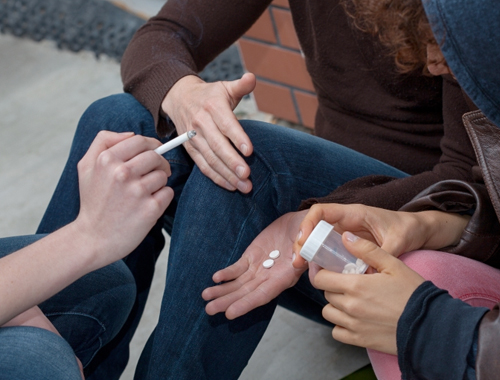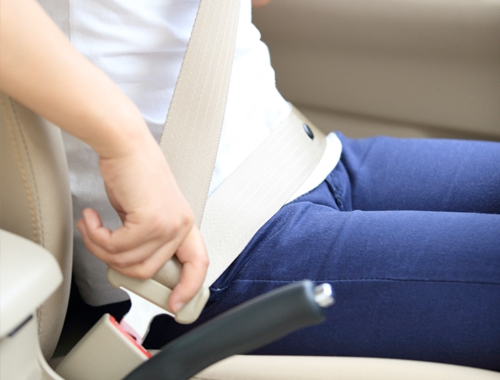Data Connections Activity
16.1 Risk-Taking Behaviors Among Adolescents in the United States1 of 4
Welcome
Risk-Taking Behaviors Among Adolescents in the United States
This activity explores the risky behaviors U.S. teens are most likely to demonstrate, according to data compiled by the Youth Risk Behavior Survey (YRBS).
Click the 'Get Started' button below to start this activity

16.2 Risk-Taking Behaviors Among Adolescents in the United States2 of 4
Results from the 2017 Youth Risk Behavior Survey
The Youth Risk Behavior Survey (YRBS) is a national school-based survey conducted by the Centers for Disease Control and Prevention and state, territorial, local, and tribal education and health agencies. The YRBS summarizes results for 104 health-risk behaviors, plus obesity, overweight, and asthma, from the survey results of students in grades 9–12. Some of these behaviors appear in the interactive table below.
Click on each image (or use arrows) to view the percentage of U.S. high school students who said they…
16.3 Risk-Taking Behaviors Among Adolescents in the United States3 of 4
Results from the 2017 Youth Risk Behavior Survey
Results from the 2017 YRBS indicate that many high school students are engaged in risky behaviors associated with the leading causes of death among U.S. adolescents and emerging adults. Fortunately, these population-based data help officials monitor the effectiveness of public interventions designed to protect and promote the health of teenagers throughout the United States.

16.4 Activity Completed!4 of 4
Congratulations! You have completed this activity.
REFERENCES
MMWR. (2018, June 15). Youth risk behavior surveillance — United States, 2017. Morbidity and Mortality Weekly Report 67(8), 1–114. Atlanta, GA: U.S. Department of Health and Human Services, Centers for Disease Control and Prevention.